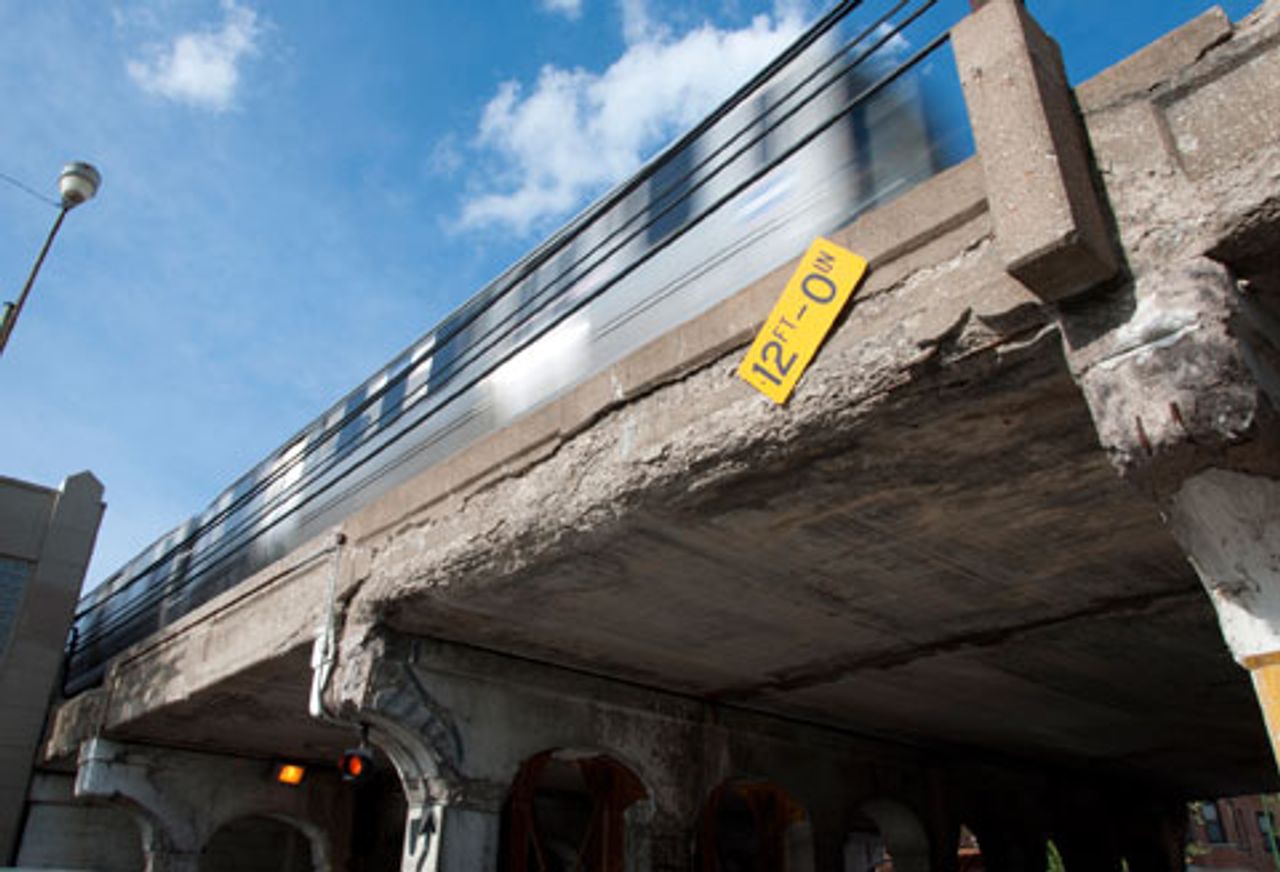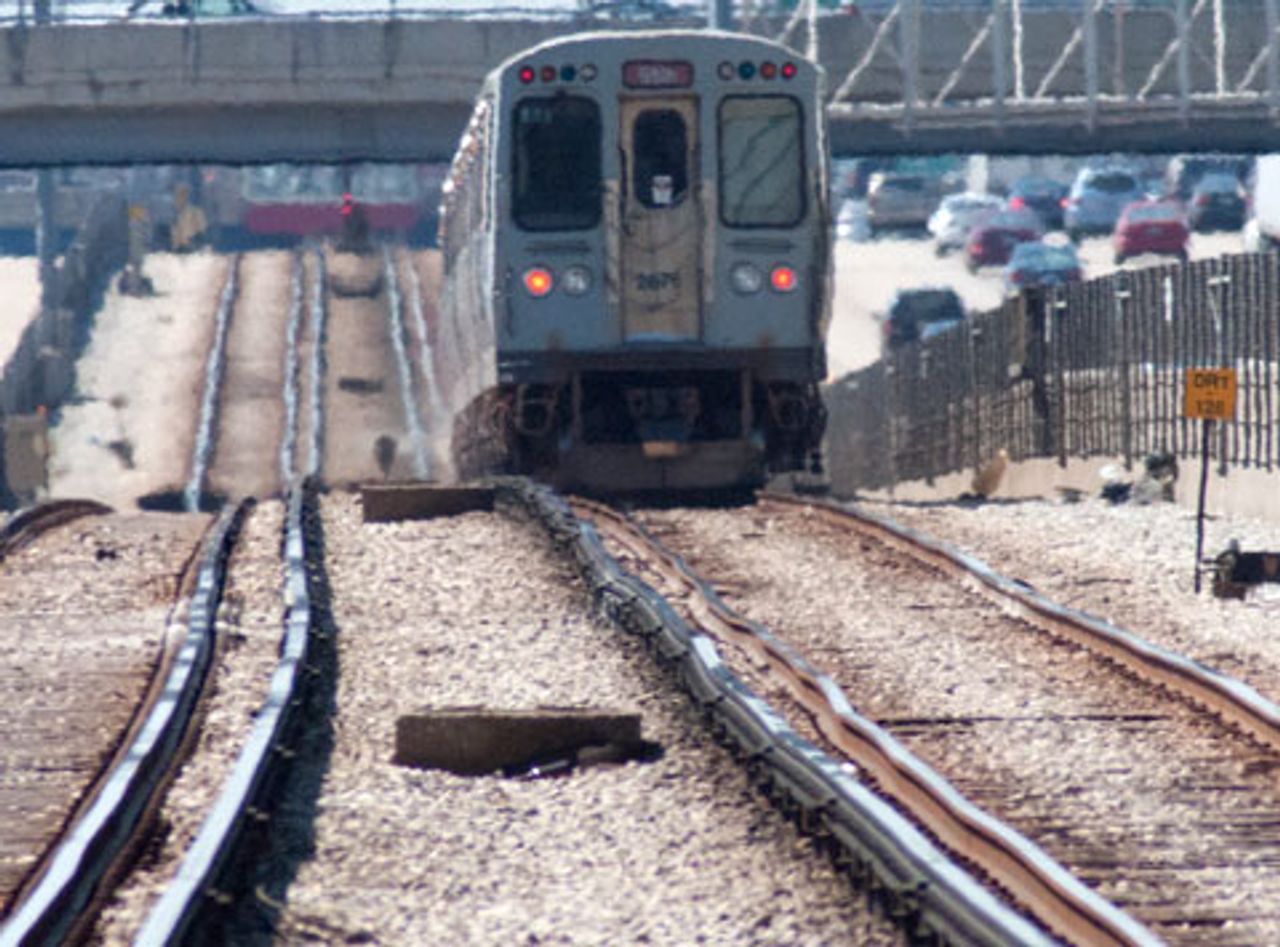Chicago Transit Authority has released a proposed budget for 2013 that includes steep fare hikes for riders who use passes, who make up roughly half of ridership.
The CTA has sought to disguise these hikes of 16 to 74 percent by describing them not as a fare increase, but as “modest reductions in discounts.” CTA adds that the “pass cost changes will continue to be good values.”
The 30-day pass, widely used by commuters and those without cars, will go from $86 to $100, a 16 percent increase. A worker with a 5-day-a-week schedule would pay $94.50 in single rail rides for the average 21 days per month. With the 30-day pass increase, they would have to anticipate extra weekly trips or regular transfers to even make the pass worth their money.
The day pass will rise from $5.75 to $10, three-day from $14 to $20, and seven day from $23 to $28. Student passes are proposed to decrease from 85 cents to 75 cents per ride.
Fares for single rides remain unchanged—except for a proposal to more than double the price of a single rail ride from O'Hare airport from $2.25 to $5. This measure would impact travelers and tourists headed to one of the busiest airports in the world, as well as many part-time workers at the airport. For those individuals, a steep fare increase is unavoidable, as all fare options rise sharply in that circumstance.
 A CTA train travels over a decayed bridge
A CTA train travels over a decayed bridgeAs partial justification for the changes, CTA has claimed that Chicago passes are among the most discounted transit passes nationwide—which only points to transit becoming unaffordable for many who have faced years of wage stagnation. The 16 percent increase in 30-day passes compares to a 0.7 percent fall in real average hourly earnings nationwide from October 2011-October 2012.
The fare increase will go towards resolving a $165 million shortfall in the CTA’s $1.39 billion 2013 budget. CTA found another $80 million in 2012 and $160 million 2013 in cuts after concluding a contract earlier this week with the Amalgamated Transit Union, representing 7,000 CTA bus and train operators, customer assistants, and administrative workers.
Added service through cuts
The fare increases facing CTA riders in January will not significantly improve service, or address the dire need for rebuilding and expanding the system. In 2010, CTA cut rail service by 9 percent, and bus service by 18 percent. Ridership has continued to grow year over year since that time, but the only service expansion is a “decrowding initiative” that relies on cuts within the system to expand service in other areas.
The “decrowding” plan for bus and rail service was approved 6-0 by the CTA board in September, and will take effect December 16. The plan adds rush-hour frequency to the most heavily traveled rail and bus routes to ease crowding, but it does so by shifting resources rather than adding service. As a result, at least twelve bus routes will be cut.
Just one public hearing was held on the proposal, where residents denounced the plan as a “sham” worked out behind the scenes with transportation experts at Northwestern University, rather than through contact with riders. Riders noted the elderly, disabled, and poor would be severely affected.
Some canceled bus routes are duplicated by rail lines, but buses offer stops at smaller intervals, reducing the walk for the elderly and disabled. Additionally, a large number of rail stations do not have handicapped accessibility, including a majority on the busiest rail route, the north branch of the Red Line. In the city’s famous “Loop,” where several elevated lines join downtown in a loop, offering service to major businesses, city buildings, and cultural destinations, only three of nine stations have elevators for patrons to reach the elevated track level.
One of the routes to be sharply curtailed is the #11 Lincoln bus, which follows a street dense with small businesses. Patrons for these businesses will now, according to CTA, have to walk up to a half mile to reach transit. Daily ridership on the route has averaged 5,844 people in the current year. Other CTA bus routes being cut are duplicated by suburban PACE bus routes, which CTA offers as justification for cancellation—without noting that PACE is on a separate fare system, meaning many riders will have to pay twice for their transit.
Deteriorating infrastructure
The CTA rail system, carrying millions of passengers each year, is in a profound state of decay. Billions of dollars in investment are required, which the fare hike on pass riders will not begin to address. Significant sections of infrastructure were built in the first half of the 20th century and have scarcely seen an upgrade since, leading to a situation where concrete viaducts are literally falling apart.
 A section of track on the South Side which is so decayed, trains have to pass at no more than 15 miles per hour
A section of track on the South Side which is so decayed, trains have to pass at no more than 15 miles per hourInadequate public funding has led to years of deferred maintenance, which inevitably results in huge delays in rail service that become so drastic that entire segments must be shut down and rebuilt. In the mid-2000s riders on the Blue Line, the second busiest in the city, faced years of ever-greater delays until the situation became untenable and further delays were incurred for a major rebuilding of deteriorated track.
At present the “Dan Ryan” extension of the Red Line, serving the South Side of Chicago, has reached a catastrophic level of delays. Trains are largely supposed to travel at 55 mph, but in October nearly four miles of track, or 20 percent of the route, was under a “slow zone” of 15 mph. Another 2.5 miles were restricted to between 25 and 35 mph. In total, roughly 33 percent of the route was slow-zoned.
The decay of track and roadbed is so thorough on this segment that CTA announced that a complete rebuilding is necessary. The entire section will be closed for five months in spring 2013, which will allow the quickest and most cost-effective rebuilding—albeit one that, under continuous maintenance, never would have been required. Riders have expressed opposition to another five months of delays, as they are forced to take alternate routes.
Recent capital improvements include an order for over 700 new rail cars, which are finally being placed in service after component defects. Select stations have been rebuilt on the north end of the busy Red Line, and the most severely decayed sections of concrete viaduct are being cosmetically restored – but no comprehensive plan to rebuild the entire segment is even funded. As a result, track delays continue to mount, with 2.5 miles of slow zones on the north side Red Line in October. The Purple Line “express” is ceasing to deserve the title, as it operates on over five miles of slow-zoned track, or 28.5 percent of the route.
The author also recommends:
Chicago regional rail passengers to be hit with sharp fare hikes
[9 November 2011]
Chicago Transit Authority fires workers and cuts service
[11 February 2010]
